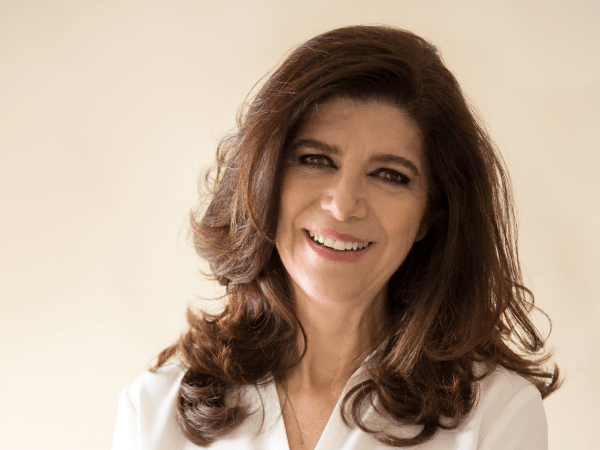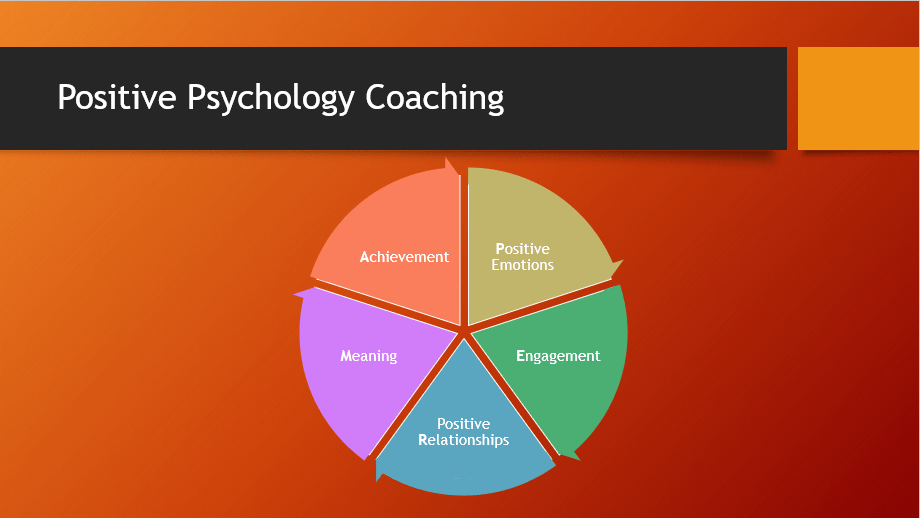
Positive Psychology & Coaching: A Practical Framework
Do you often ask constructive questions (rather than give straight advice) in work conversations? If so, you may be putting positive psychology and coaching skills into action! A coaching approach, whether formal or informal, offers many potential benefits.
At Happy Brain Science, we’re particularly interested in how positive psychology — the science of flourishing — can be applied in the context of coaching. Since my colleague Kim Menig and I are both coaches, we wanted to hear the latest research. We attended an International Positive Psychology Association webinar titled: “Applying Positive Psychology in the Helping Professions: a Practical Framework with Dr. Margarita Tarragona.”
 Dr. Tarragona is a coach and psychotherapist, the president of the Mexican Positive Psychology Association, and the author of many academic journal articles and several books, including Positive Identities: Narrative Practices and Positive Psychology.
Dr. Tarragona is a coach and psychotherapist, the president of the Mexican Positive Psychology Association, and the author of many academic journal articles and several books, including Positive Identities: Narrative Practices and Positive Psychology.
Dr. Tarragona uses a gardening metaphor to explain her approach. If traditional psychology is “pulling weeds,” then positive psychology is “planting seeds.” Neither is better than the other; on the contrary, the two can work together. Using this gardening analogy, Dr. Tarragona sees four ways that coaches can weave positive psychology into coaching.
4 Ways Coaches Can Help — a Framework
- Explore and Observe. Ask open-ended questions. Just by doing this, a coach may have a positive effect on the client. The quality of the questions can affect the quality of the answers the client comes up with.
- “Fertilizing.” Provide science-based food for thought and dialogue. The client, together with a coach, can explore how research might apply to helping the client reach their goals.
- “Grafting.” Suggest exercises and activities that will likely boost the well-being of the client. (In response to a question I asked, Dr. Tarragona clarified that coaches have to be careful not to give too much advice. Therefore, these suggestions should be more like “food for thought” than a coach telling a client what to do.)
- Accompanied Self-Help. Consider resources to complement coaching sessions. How can a client learn more outside of sessions (and apply their learning)? Perhaps the coach might share a podcast episode that seems relevant to the client. Or the client will want to dig deeper on a topic identified during coaching, and choose to read a book on their own.
Using the Framework to Boost PERMA

Dr. Tarragona draws a connection between incorporating positive psychology into coaching and Dr. Martin Seligman’s PERMA model. Dr. Seligman’s model captures five key elements of well-being:
Positive Emotions = feeling good
Engagement = finding that focused, engaged zone called ‘flow‘
Relationships = authentic connections with others
Meaning = purposeful existence
Achievement = a sense of accomplishment
Dr. Tarragona suggests that coaches can do great work by applying the four approaches — exploring, “fertilizing,” “grafting,” and accompanied self-help — to the PERMA categories of well-being. Coaching is often non-linear, and Dr. Tarragona is not advocating a checklist. But as a coach helping a client toward their goal, you might, for example, review the category of achievement with a client, and later explore “grafting” an intervention that will also bring a greater sense of meaning to the client’s work.
At Happy Brain Science, we’re big supporters of both positive psychology and coaching, based on extensive data and experience. Dr. Tarragona’s framework gives all of us one more tool to use to help improve clients’ lives.
Please tell us what ideas and questions you have. We’ll be more than happy to discuss!